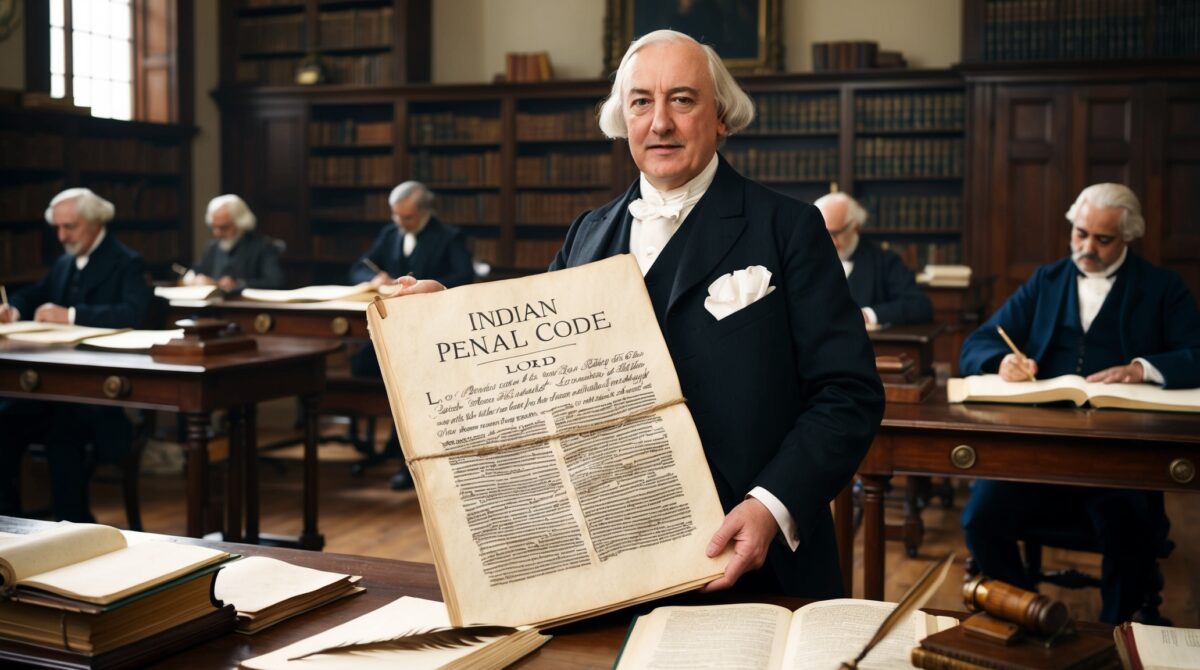Background: India Before British Rule
Before the British arrived, India was a diverse landscape of regional kingdoms, princely states, and empires governed under the weakening authority of the Mughal Empire. Islamic law prevailed in Mughal and Sultanate courts, while Hindu populations followed customary laws and Dharmashastra-based rules. By the early eighteenth century, this fragmented political landscape became vulnerable to foreign intervention.
The Decline of the Mughal Empire
After the death of Emperor Aurangzeb in 1707, the Mughal Empire began to disintegrate rapidly. Regional powers such as the Marathas, the Nawabs of Bengal and Awadh, the rulers of Mysore, and the Sikh Confederacy emerged with increasing independence. This breakdown of centralized authority created a power vacuum that European trading companies, especially the British, were quick to exploit.
Rise of the East India Company
The British East India Company was established in the year 1600 as a commercial trading entity. Initially, it focused on procuring spices, cotton, and textiles. Over time, it built fortified trading outposts in Surat, Madras, Bombay, and Calcutta. Gradually, the company shifted from trade to territorial and political dominance by inserting itself into regional conflicts and striking strategic alliances with Indian rulers.
Battle of Plassey – 1757
The Battle of Plassey was fought between the British East India Company and Siraj-ud-Daulah, the Nawab of Bengal. British officer Robert Clive won the battle with the help of Mir Jafar, a key defector within the Nawab’s army. This victory marked the beginning of British control over Bengal and became a turning point in the colonial conquest of India.
Battle of Buxar – 1764
This battle involved the British East India Company and a combined Indian alliance of the Mughal Emperor Shah Alam, Shuja-ud-Daulah of Awadh, and Mir Qasim of Bengal. The British victory resulted in the Treaty of Allahabad in 1765, through which the company gained the right to collect revenue from Bengal, Bihar, and Orissa. This formally established British financial and administrative dominance in eastern India.
Introduction of British Legal System
Once the British East India Company gained territorial control, it began implementing legal structures to facilitate administration and ensure compliance. While initially accommodating traditional laws, the company slowly introduced English legal systems that reflected colonial interests.
Key Legal Developments:
1772 – Warren Hastings’ Judicial Plan
Introduced civil and criminal courts in Bengal. Hindu law was applied to Hindus and Muslim law to Muslims, but under British supervision.
1781 – Adalat System
Established a court hierarchy including District Courts, Provincial Courts, and Sadr Adalats. English-speaking judges began replacing traditional Qazis and Pandits.
1833 – Charter Act
Consolidated legislative powers under the Governor-General of India and initiated the process of codifying Indian laws.
Codification of Laws
The Indian Penal Code was drafted in 1837 under the leadership of Lord Macaulay and enacted in 1860. It was followed by the Civil Procedure Code in 1859 and the Criminal Procedure Code in 1861.
Consequences of the Colonial Legal System
- Traditional judicial systems and local panchayats were gradually marginalised.
- Persian was replaced with English as the court language.
- A new elite class of English-educated lawyers, clerks, and judges emerged.
- Although often alien to Indian customs, the British legal framework laid the groundwork for institutional governance and state control.
Legacy
The British introduced a formal, codified legal system that continues to influence modern Indian jurisprudence. While it brought administrative uniformity and structure, it also served colonial interests by strengthening state control and facilitating resource extraction. After independence, India retained and reformed many of these legal foundations to suit democratic governance.
🏩️ Conclusion
The introduction of British law in India was not merely an administrative reform—it was a deliberate transformation of power. From the battlefield of Plassey to the drafting of the Indian Penal Code, the journey reveals how law was used as a tool of empire and control. Yet, it also laid the scaffolding for India’s modern legal framework.
For Video on this article, visit our YouTube Channel: https://www.youtube.com/@kanoonplus
